Carbon fiber reinforced resin matrix composites from aircraf
Carbon fiber reinforced resin matrix composite (CFRP) has been widely used in aircraft, golf clubs and other products. At present, the main stream of CFRP is to use heat curable epoxy resin to enhance the heat curable CFRP of carbon fiber, but there are also thermal curable CFRP using polyamide (PA) and polypropylene (PP).
Thermoplastic resin has the characteristics of low price and high production efficiency. RTM (resin transfer molding) is one of the representative forming methods of thermosetting CFRP, which takes a few minutes at least. As for the sheet of thermoplastic CFRP, as long as it is preheated in advance, it can be stamped with a beat time of about 1 minute. Since the beat time of automobile assembly plant is about 1 minute, the use of thermal plasticity CFRP can achieve synchronous production.
Although the large stamping machine and injection molding machine used for thermoplastics CFRP molding are more expensive than those using RTM method, their production efficiency is higher. Therefore, the larger the scale of mass production, the more prominent the cost advantage. That is to say, the thermoplastic CFRP technology can not only be used in some high-end vehicles such as super sports cars, but also in large-scale production models. However, there are still problems in this technology, that is, it is difficult to improve the dimensional accuracy.
CFRP is characterized by high strength and rigidity per unit mass. NEDO, Japan's new energy industry technology development agency, is estimating the weight reduction effect of cars after adopting CFRP. The weight of the vehicle with steel as the main structural part is 1380kg, and the vehicle weight can be reduced by 410kg (about 30%) by using large amount of CFRP. It is estimated that the fuel consumption can be improved by 22.5%.
In the context of increasingly stringent global fuel consumption restrictions, 22.5% improvement in fuel consumption is very attractive to automobile manufacturers. The vehicle weight of BMW I3 is 1260kg. Although it is a pure electric vehicle that will usually gain weight due to the charging battery, it is still about 140kg lighter than the ordinary engine vehicle (about 1400KG). BMW I3 adopts many lightweight technologies, but the most effective is to use CFRP on the skeleton.
The adoption of CFRP also overturned the automobile manufacturing process. Carbon fiber is transported to Landshut factory and Leipzig factory of BMW after the multi-layer plate and preform process as the intermediate base material, and then it is made into parts by RTM (resin transfer molding) method. RTM is a kind of molding method that put the preformed carbon fiber preform according to the product shape on the heated mold, and then fill the epoxy resin while closing the mold to cure it.
The next step is to glue these carbon fiber parts together and assemble them into a skeleton. The common body assembly is mainly spot welding, while the use of CFRP framework does not need welding at all. This means that the basic structure of the body assembly line has been fundamentally changed.
The adhesive used is a newly developed product with fast curing speed. The work of moving parts, applying adhesive, bonding and assembling is completed automatically by a large number of robots equipped on the production equipment of the car body.
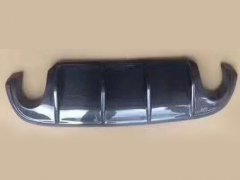
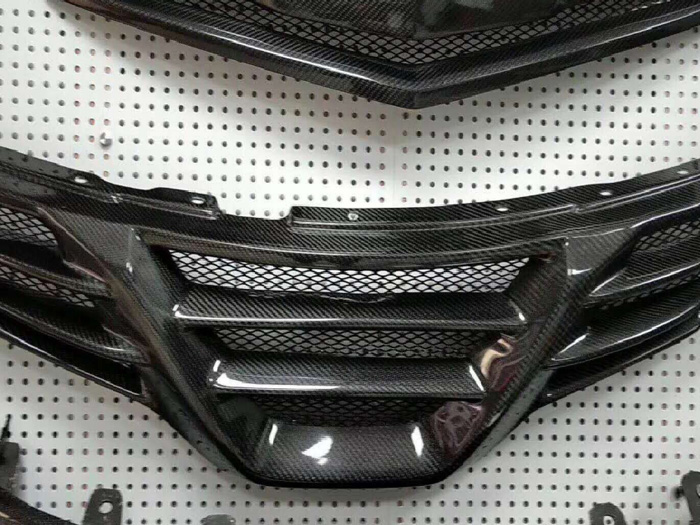
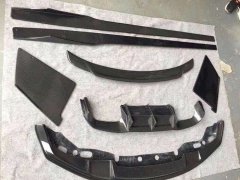
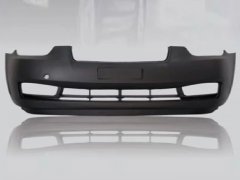
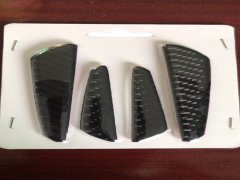
 扫一扫添加微信
扫一扫添加微信